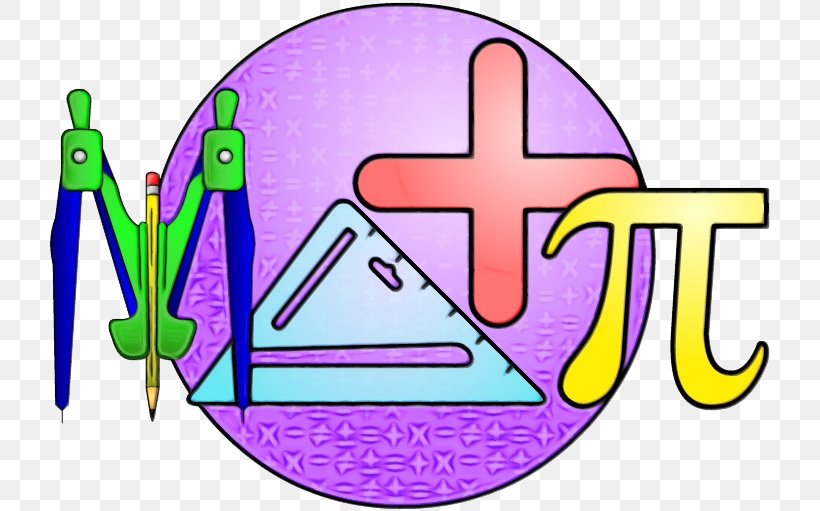- टीचर: Teacher A
Site announcements
ब्लॉक से हट जायें
उपलब्ध पाठ्यक्रम
Python is a language with a simple syntax and a powerful set of libraries. It is an interpreted language, with a rich programming environment, including a robust debugger and profiler. While it is easy for beginners to learn, it is widely used in many scientific areas for data exploration. This course is an introduction to the Python programming language for students without prior programming experience. We cover data types, control flow, object-oriented programming, and graphical user interface-driven applications. The examples and problems used in this course are drawn from diverse areas such as text processing, simple graphics creation, and image manipulation, HTML and web programming, and genomics.

- टीचर: Teacher A
Physics is one of the oldest academic disciplines and, through its inclusion of astronomy, perhaps the oldest. Over much of the past two millennia, physics, chemistry, biology, and certain branches of mathematics were a part of natural philosophy, but during the Scientific Revolution in the 17th century, these natural sciences emerged as unique research endeavors in their own right.[b] Physics intersects with many interdisciplinary areas of research, such as biophysics and quantum chemistry, and the boundaries of physics are not rigidly defined. New ideas in physics often explain the fundamental mechanisms studied by other sciences and suggest new avenues of research in academic disciplines such as mathematics and philosophy.
- टीचर: Teacher A
Hindi, or more precisely Modern Standard Hindi, is an Indo-Aryan language spoken in India. Modern Hindi is often described as a standardised and Sanskritised register of the Hindustani language, which itself is based primarily on the Khariboli dialect of Delhi and neighbouring areas of Northern India.

- टीचर: Teacher A
English Literature is one of the most popular majors in colleges and universities in the US, with a huge number of students enrolling every year due to its diverse nature and numerous graduate opportunities. But with such a broad area of study, prospective students are often confused about what a degree in English Literature actually provides. This article explains what an English Literature degree looks like, and what doors it can open for graduates.
Common uses of an English Literature degree include becoming a writer, researcher, or teacher. However, there are many other ways to utilize an English Literature degree. Some students use it as a stepping stone to a degree in Law, or in this day and age, some will use it to begin a path in the digital marketing world. Whichever route you end up on, this degree can open doors to many fulfilling career options.

- टीचर: Teacher A
Mathematics (from Greek μάθημα máthēma, "knowledge, study, learning") includes the study of such topics as quantity (number theory), structure (algebra), space (geometry), and change (mathematical analysis). It has no generally accepted definition. Mathematicians seek and use patterns to formulate new conjectures; they resolve the truth or falsity of conjectures by mathematical proof. When mathematical structures are good models of real phenomena, mathematical reasoning can be used to provide insight or predictions about nature. Through the use of abstraction and logic, mathematics developed from counting, calculation, measurement, and the systematic study of the shapes and motions of physical objects. Practical mathematics has been a human activity from as far back as written records exist. The research required to solve mathematical problems can take years or even centuries of sustained inquiry. Rigorous arguments first appeared in Greek mathematics, most notably in Euclid's Elements. Since the pioneering work of Giuseppe Peano (1858–1932), David Hilbert (1862–1943), and others on axiomatic systems in the late 19th century, it has become customary to view mathematical research as establishing truth by rigorous deduction from appropriately chosen axioms and definitions. Mathematics developed at a relatively slow pace until the Renaissance, when mathematical innovations interacting with new scientific discoveries led to a rapid increase in the rate of mathematical discovery that has continued to the present day. Mathematics is essential in many fields, including natural science, engineering, medicine, finance, and the social sciences. Applied mathematics has led to entirely new mathematical disciplines, such as statistics and game theory. Mathematicians engage in pure mathematics (mathematics for its own sake) without having any application in mind, but practical applications for what began as pure mathematics are often discovered later.

- टीचर: Teacher A
- टीचर: Aditya Chavan
